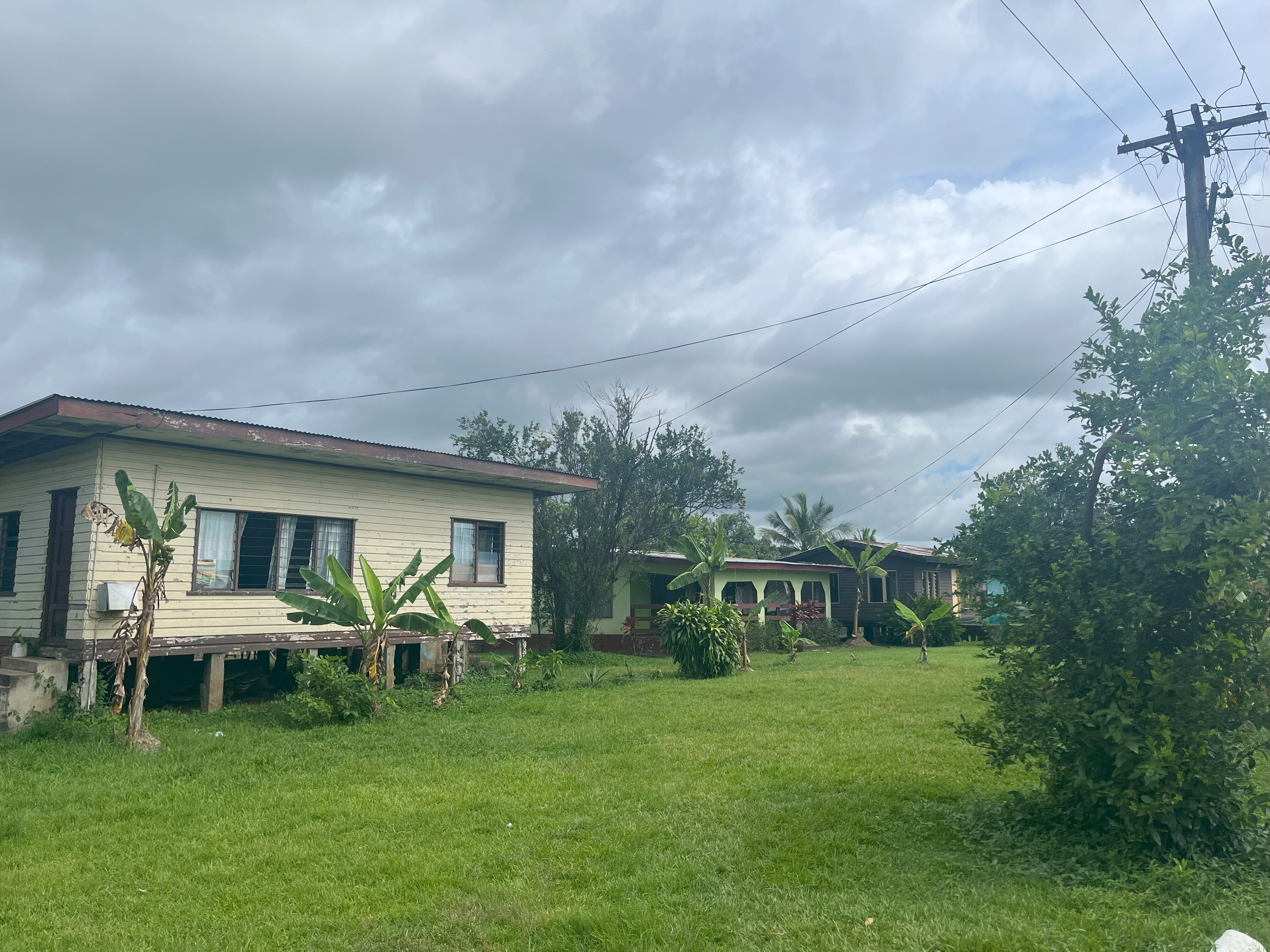Ricardo Hausmann: the need for authentic leadership

Can “politically correct” behavior be a form of recklessness? Image: REUTERS/Yuya Shino
The theme of this year’s World Economic Forum in Davos, Switzerland, is “Responsible and Responsive Leadership.” But one possible reading of Donald Trump’s victory in the United States presidential election is that voters these days care less about responsibility than “authenticity.” Voters welcomed Trump’s reckless comments on sensitive issues because he was speaking his mind and being true to himself. Ordinary politicians, by always saying the “right” thing, seem packaged and staged.
But does authenticity need to involve recklessness? Alternatively, can “politically correct” behavior be a form of recklessness, to the extent that it evades difficult issues and focuses on what is easier to justify rather than what is right? Does authenticity involve facing the anxiety and anguish that Jean-Paul Sartre thought was the inevitable companion of freedom and responsibility?
These are questions for economic policymakers as much as for anyone else. Policymakers approach their task in two fundamentally different ways. One paradigm regards economic policies as a set of universal best practices. The more you adopt, the more they (investors) will come.
The other paradigm views policies as solutions to specific problems. Because each society has a unique set of characteristics, constraints and goals, policies are necessarily idiosyncratic: the path is made by walking. This does not mean that one should disregard what can be learned from others; but imitation without adaptation is a recipe for ineffectiveness, if not worse. It can easily imply importing solutions to non-existent problems, while letting real problems fester.
Colombia and Panama illustrate the contrast between these approaches. For much of the recent past, economic policymaking in Colombia has been driven by two goals: signing a free-trade agreement with the US (in effect since 2012) and joining the OECD (in negotiation since 2013). (True, other important initiatives have been the peace process and the expansion of the road network, though these are not, strictly speaking, economic policies).
In the meantime, Colombia’s main obstacle to growth, which arguably is the lack of export dynamism, given the fall in oil prices, has not been addressed. Despite the FTA – and a 38% depreciation of the peso since 2014 – exports to the US have gone nowhere: they have stagnated overall, fallen as a share of overall exports, and become even more concentrated in traditional products such as oil, coffee, gold, and flowers.
This stands in marked contrast to the impact of the North American Free Trade Agreement on Mexico’s exports: between its entry into effect in 1994 and 2000, exports to the US tripled, from $50 to $150 billion. In the following decade, Vietnam generated an even larger export boom, with no major trade agreements. Clearly, NAFTA was crucial for Mexico; but whatever is preventing Colombia from becoming a more successful exporter is not the kind of transaction costs that FTAs can address.
But it is highly unlikely that these issues will be tackled by joining the OECD. The OECD demands a smorgasbord of reforms affecting corporate governance, private insurance markets, competition policy, statistics, health, technology, agriculture, and many other regulatory areas. Whether any of these reforms nurture a new suite of export industries that can propel Colombia forward is, to put it bluntly, a crapshoot.
Now consider Panama – by far Latin America’s fastest-growing economy during the 2004-2014 commodity price boom. Panama’s annual GDP growth averaged 8.2%, despite the fact that it did not profit directly from the commodity bonanza that benefited Colombia and much of South America. Now that the boom is over, Panama is still growing at 5%, while Colombia is bordering on a recession.
How did Panama do it? After the Panama Canal reverted to national control in 1999, policymakers started to think about how to maximize the Canal’s potential spillover effects. Ultimately, they transformed the US military bases into special economic zones. They granted concessions to build new ports, in order to facilitate logistics activities around the Canal. They developed the airport, to support the local private airline COPA as it became a regional player. They invested 7% of GDP in expansion of the Canal, a project completed in 2016. And they created a special tax and migration regime to attract regional headquarters of multinational companies. Panama’s leaders also authorized a pipeline to transport oil across the isthmus, with port facilities on either side.
Together with the pre-existing Colon Free Trade Zone and the International Financial Center, the whole ended up being much more than the sum of its parts. The synergies between the airport, the new ports, the logistics facilities, banks, and the regional headquarters generated a boom in services exports and investment, underpinning rapid economic growth. And with it have come gastronomy, arts, and tourism.
The non-residential construction boom this created helped not only to absorb the labor force that was leaving rural areas but also to achieve a remarkable reduction in inequality. In this services-export-led growth strategy, skill shortages did not become a major problem, thanks to a fairly open immigration policy, which allowed the country to use the talent that Colombia, among other countries, was unable to keep.
The comparison between these two approaches is clear. Colombia’s policymakers have been hoping that if they adopt best-practice legislation and regulation, somebody will come. And if they do not, they can still bask in the international accolades they receive from foreign entities.
Panama, by contrast, took the risk of imagining some key strategic, export-oriented investments, and then focused on creating the conditions to make them happen. In many cases, the private sector took the initiative. But policymakers did not shy away from large strategic public investments when needed, as in the case of the Canal expansion or the airport. The special tax regimes and other policies they adopted may make some at the OECD cringe. But, arguably, this helped create the ecosystem that makes Panama so attractive to so many Fortune 500 companies.
Authentic leadership requires a commitment to real goals. But, to achieve them, there are no prêt-à-porter solutions. Tailoring policies to specific problems, without disregarding the lessons from the past or from elsewhere, involves risks, and any responsible leader will necessarily feel the anxiety this creates.
Authenticity does not, in the end, require Trumpian recklessness. But abandoning economic goals and imitating the means taken by others is not only inauthentic: it is also deeply irresponsible.
Don't miss any update on this topic
Create a free account and access your personalized content collection with our latest publications and analyses.
License and Republishing
World Economic Forum articles may be republished in accordance with the Creative Commons Attribution-NonCommercial-NoDerivatives 4.0 International Public License, and in accordance with our Terms of Use.
The views expressed in this article are those of the author alone and not the World Economic Forum.
Stay up to date:
Civic Participation
Forum Stories newsletter
Bringing you weekly curated insights and analysis on the global issues that matter.
More on Geo-Economics and PoliticsSee all
Isabel Cane and Rob Strayer
November 13, 2025






